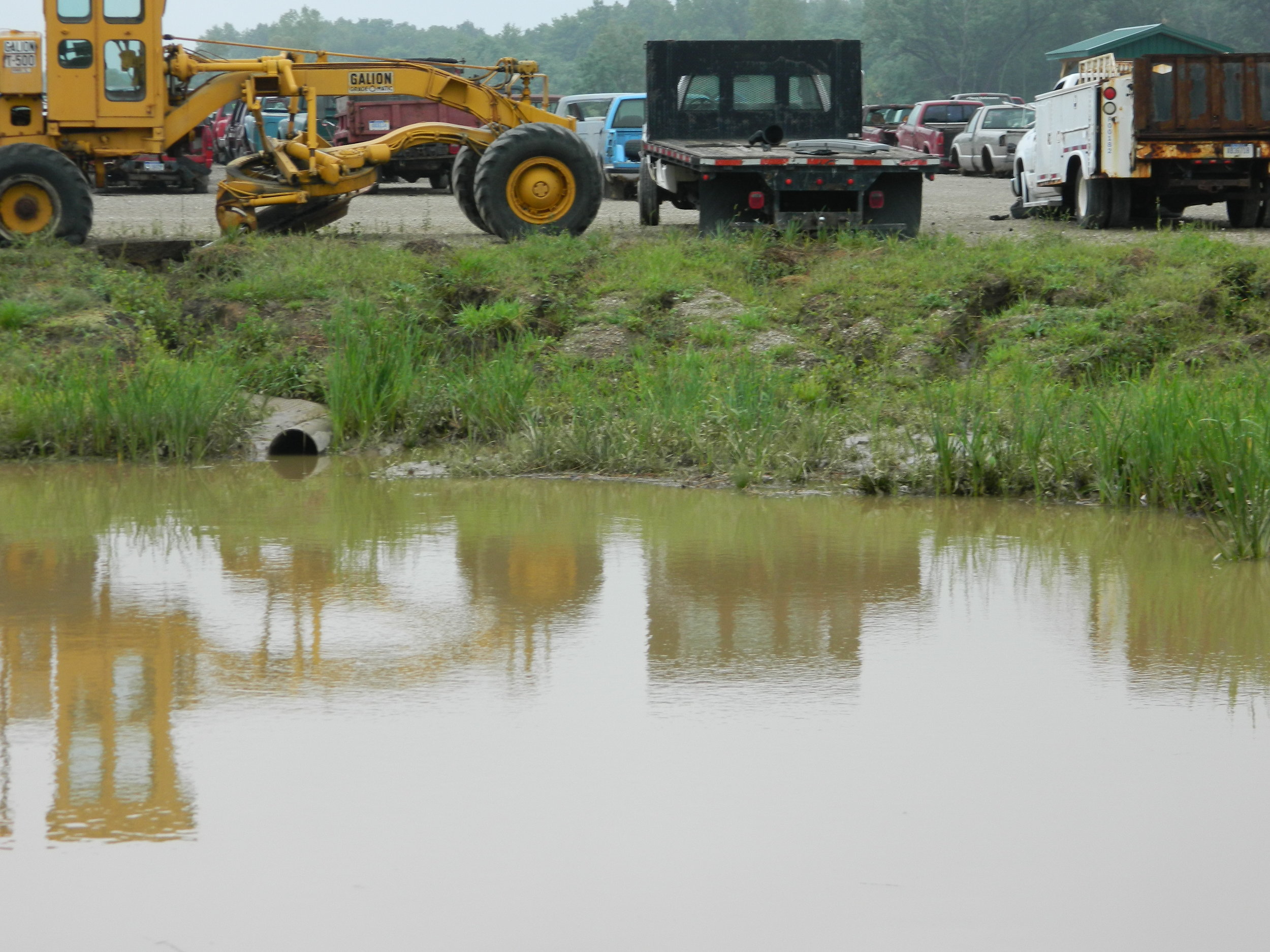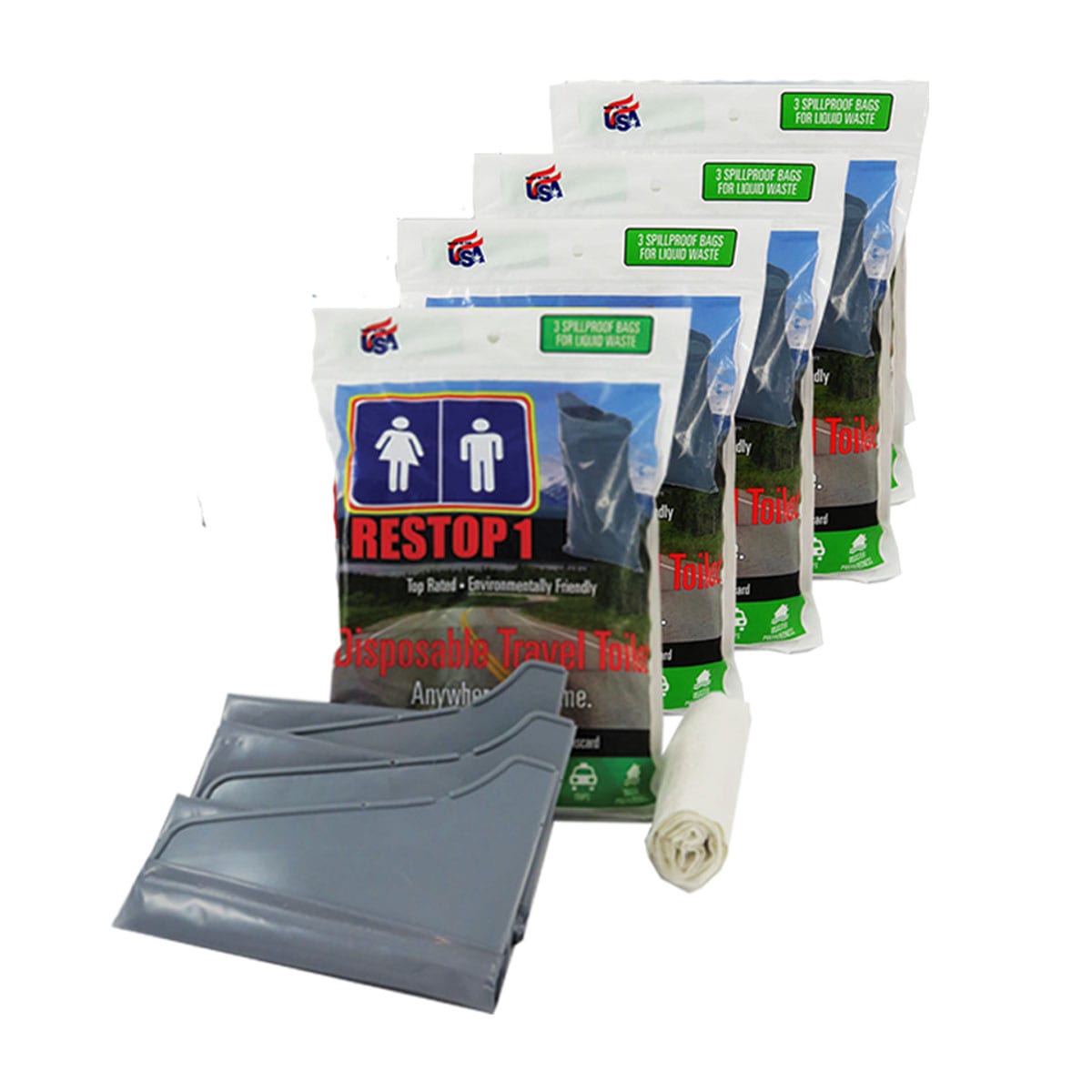Industrial Wastewater Treatment: Advanced Approaches for Effective Monitoring
Industrial Wastewater Treatment: Advanced Approaches for Effective Monitoring
Blog Article
Just How Liquid Waste Disposal Works: A Detailed Review of Methods and Technologies Utilized

Review of Fluid Waste Types
The intricacy of liquid waste types necessitates a complete understanding of their attributes and ramifications for disposal. Fluid waste can broadly be classified right into a number of types, consisting of commercial, community, farming, and harmful waste. Each classification displays unique buildings, calling for certain administration strategies to alleviate ecological and health threats.
Industrial fluid waste originates from making procedures and commonly contains a series of contaminants, such as hefty metals, solvents, and organic substances. Metropolitan fluid waste, largely comprising wastewater from homes and industrial facilities, contains organic matter, nutrients, and microorganisms (industrial wastewater treatment). Agricultural fluid waste, including runoff from farms, might have plant foods, chemicals, and animal waste, presenting threats to water quality and environments
Hazardous fluid waste is characterized by its toxicity, reactivity, or prospective to trigger damage. This classification consists of materials like acids, bases, and certain chemicals that necessitate stringent handling and disposal methods. Understanding these diverse liquid waste kinds is crucial for establishing effective disposal methods and making sure compliance with ecological regulations. Proper category and characterization are vital for executing appropriate therapy strategies and reducing the damaging impacts on public health and the atmosphere.
Physical Treatment Techniques

Testing is the initial step, where larger fragments and debris are removed from the fluid waste making use of screens or grates. In sedimentation containers, much heavier fragments work out at the base, creating a sludge layer, while the made clear liquid can be additional dealt with.
Filtration is an additional essential approach that includes passing the liquid with permeable materials, such as sand or membranes, to catch smaller bits. This action improves the top quality of the fluid, making it ideal for succeeding treatment procedures.

Chemical Treatment Methods
Chemical treatment techniques are important for properly taking care of liquid waste, specifically in resolving dissolved and colloidal impurities that physical approaches might not effectively eliminate. These methods utilize various chemical agents to neutralize, speed up, or change unsafe compounds right into less harmful types.
One typical method is coagulation and flocculation, where chemicals such as alum or ferric chloride are added to promote the gathering of suspended bits. This process boosts sedimentation, enabling simpler elimination of the resulting sludge. In addition, oxidation processes, using agents like chlorine or ozone, are used to break down complex organic compounds and pathogens, making the waste much safer for discharge or further therapy.
Neutralization is an additional critical strategy, which readjusts the pH of acidic or alkaline waste streams to neutral levels, preventing possible injury to downstream systems and the atmosphere. Additionally, progressed oxidation procedures (AOPs) make use of mixes of oxidants and ultraviolet light to break down consistent contaminants, attaining a higher degree of therapy effectiveness.
Organic Treatment Processes
Biological therapy processes play a vital role in the monitoring of liquid waste by utilizing microorganisms to break down raw material and decrease contaminant degrees. These procedures can be broadly classified into anaerobic and aerobic treatments, each using certain microbial neighborhoods to accomplish effective waste deterioration.
Cardio treatment includes the use of oxygen to assist in the failure of organic materials by bacteria. This procedure is typically carried out in activated check sludge systems, where oygenation storage tanks supply a favorable environment for microbial growth, causing the oxidation of organic browse this site pollutants. The resultant biomass can be separated from dealt with effluent via sedimentation.
In contrast, anaerobic therapy takes place in the lack of oxygen, depending on different microorganisms to break down organic matter. This approach is specifically advantageous for high-strength waste, as it generates biogas, an eco-friendly energy resource, while reducing sludge production. Technologies such as anaerobic digesters are often utilized in industrial and local applications.
Both anaerobic and cardiovascular organic therapies not just minimize the environmental influence of liquid waste but additionally promote source recovery, making them crucial elements of lasting waste administration methods. Their performance, flexibility, and effectiveness support their widespread implementation throughout various markets.
Emerging Technologies in Disposal
Innovative methods to liquid waste disposal are swiftly evolving, driven by advancements in technology and an increasing emphasis on sustainability. Amongst these arising innovations, membrane layer bioreactors (MBRs) have actually acquired traction for their capacity to combine biological therapy with membrane purification, causing high-quality effluent that can be reused in numerous applications. MBRs enable smaller sized footprints and extra reliable procedures contrasted to typical systems.
One more encouraging advancement is using anaerobic digestion incorporated with nutrient healing innovations, which not just treats liquid waste but check out here additionally produces biogas and recovers beneficial nutrients like nitrogen and phosphorus. This double benefit boosts resource effectiveness and lowers ecological impact.
In addition, progressed oxidation procedures (AOPs) are being embraced for the destruction of intricate natural pollutants. These approaches use effective oxidants and drivers to break down pollutants at the molecular degree, supplying a highly reliable service for tough waste streams.
Moreover, the assimilation of artificial knowledge and machine discovering in waste management systems is optimizing operational performance and predictive maintenance, causing decreased costs and enhanced ecological conformity. These innovations mirror a substantial change in the direction of even more sustainable and efficient fluid waste disposal techniques.
Conclusion
In verdict, reliable fluid waste disposal demands an extensive understanding of numerous methods and modern technologies. By continually progressing these techniques, it ends up being possible to deal with the growing obstacles connected with liquid waste, ultimately contributing to environmental protection and source recuperation.
Fluid waste disposal is an important aspect of ecological administration, requiring an extensive understanding of numerous methods and innovations customized to different waste kinds. Fluid waste can extensively be classified into a number of kinds, including industrial, metropolitan, agricultural, and hazardous waste. Agricultural liquid waste, consisting of overflow from farms, may consist of fertilizers, pesticides, and animal waste, posing dangers to water quality and environments.
Various physical therapy methods play a crucial duty in managing liquid waste successfully - industrial wastewater treatment.In conclusion, efficient fluid waste disposal requires a detailed understanding of various techniques and modern technologies
Report this page